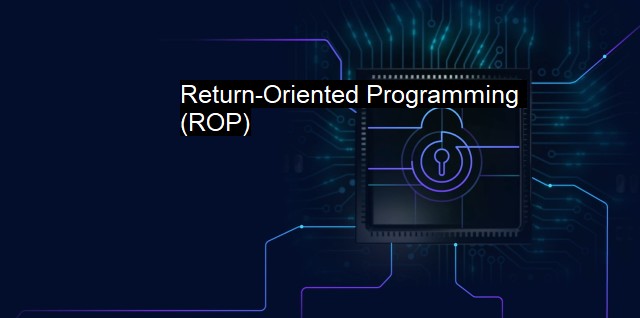Hardening C Against ROP: Getting CET Shadow Stacks Working

Return-Oriented Programming (ROP) is a potent attack technique that exploits vulnerabilities in software to hijack control flow. One powerful countermeasure against ROP is Control Flow Enforcement Technology (CET), specifically the use of Shadow Stacks. This article will guide you through setting up CET Shadow Stacks to enhance the security of your C applications.
Enabling CET Shadow Stacks:
The first step is to enable CET at the compiler level. For GCC, you can use the `-fcf-protection=full` flag during compilation. This instructs the compiler to generate code that utilizes the CET hardware feature, including Shadow Stacks.
Understanding Shadow Stacks:
Shadow Stacks operate alongside the regular call stack. Each function call pushes an entry onto the Shadow Stack, ensuring a consistent record of function calls. When a return instruction is executed, CET verifies that the return address matches the top entry on the Shadow Stack. If a mismatch occurs, execution is halted, preventing ROP attacks.
Implementation in C:
CET Shadow Stacks are transparent to your C code. The compiler handles the necessary modifications. However, it’s crucial to note that CET requires specific hardware support, which is available on modern x86-64 processors. Additionally, you need to ensure that your operating system and libraries are compatible with CET.
Beyond CET:
While CET Shadow Stacks are a valuable asset, it’s crucial to remember that they are just one layer of defense. Combining them with other hardening techniques like Address Space Layout Randomization (ASLR) and Data Execution Prevention (DEP) creates a multi-layered approach for robust security.
Conclusion:
By implementing CET Shadow Stacks, developers can significantly mitigate the risk of ROP attacks in their C applications. This technology, combined with other security practices, strengthens the integrity of your code and reduces the vulnerability to malicious exploitation.






